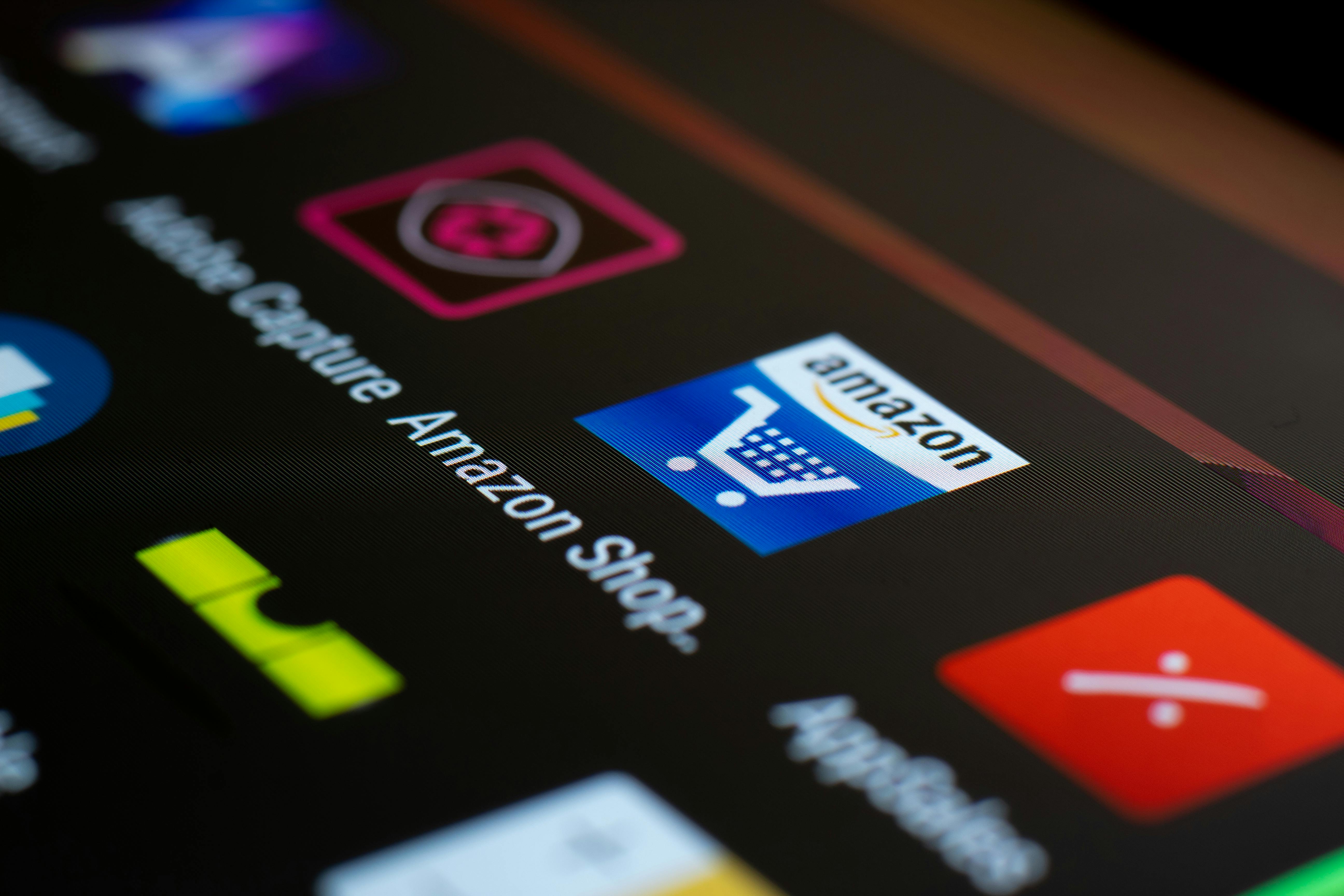SpaceX Starlink Gigabit Plan: Revolutionizing High-Speed Satellite Internet
Meta Description: Explore how SpaceX’s Starlink Gigabit Plan is poised to transform the satellite internet landscape. Learn about the speeds, coverage, and potential benefits of this cutting-edge service.
Introduction
SpaceX has long been known for pushing boundaries in space exploration, but its satellite internet project, Starlink, is equally groundbreaking. Now, SpaceX is taking another significant leap with its upcoming Starlink Gigabit Plan—a high-speed satellite internet service aimed at delivering gigabit speeds to customers worldwide.
The Starlink Gigabit Plan could be a game-changer for areas with limited access to high-speed broadband, providing reliable and fast internet from virtually anywhere on Earth. In this article, we’ll dive into the details of the Starlink Gigabit Plan, including its potential speeds, pricing, and how it compares to traditional broadband and fiber-optic services.
What is the Starlink Gigabit Plan?
Starlink, SpaceX’s ambitious satellite internet project, has already launched over 4,000 low-Earth orbit (LEO) satellites to provide high-speed internet to rural and underserved areas. While the standard Starlink service currently offers speeds ranging from 50 to 250 Mbps, the Gigabit Plan aims to significantly increase that bandwidth, offering download speeds of up to 1 Gbps or more.
- Gigabit Speeds: The main feature of the Starlink Gigabit Plan is its ability to deliver up to 1 Gbps download speeds. This is comparable to high-end fiber-optic internet services but delivered via satellite, making it accessible to areas where traditional broadband infrastructure is limited or nonexistent.
- Low Latency: Like the existing Starlink service, the Gigabit Plan will continue to offer low latency (20-40 ms), making it suitable for gaming, video conferencing, and other real-time applications.
- Global Coverage: One of the biggest advantages of Starlink is its potential for global coverage. While traditional ISPs often struggle to deliver reliable service to rural or remote areas, Starlink’s satellite-based system can provide high-speed internet virtually anywhere, from remote villages to islands and mountainous regions.
- Potential Pricing: While SpaceX has not yet announced exact pricing for the Gigabit Plan, industry analysts predict it will be priced higher than the current Starlink service, which costs $110 per month. Given the gigabit speeds, it’s likely to target customers willing to pay a premium for top-tier internet performance, possibly in the range of $150 to $200 per month.
How Starlink’s Gigabit Plan Stacks Up Against Traditional Broadband
Starlink’s Gigabit Plan promises to bring a new level of competition to the broadband industry, especially in rural areas where traditional providers may not have a presence. Here’s how it compares to other types of internet services:
- Fiber-Optic vs. Starlink Gigabit: Fiber-optic networks are known for delivering gigabit speeds and more, often offering symmetrical upload and download speeds. The Starlink Gigabit Plan’s 1 Gbps download speed will be competitive, but its upload speeds may still lag behind fiber’s symmetrical offering.
- Cable Internet vs. Starlink Gigabit: Cable internet can offer high speeds, especially in urban areas, but it often suffers from performance degradation during peak usage times. Starlink’s Gigabit Plan, on the other hand, promises consistent performance without the slowdowns typical of congested cable networks.
- 5G Home Internet vs. Starlink Gigabit: 5G home internet services are emerging as a competitor in the high-speed internet space, but coverage remains patchy, particularly in rural areas. The Starlink Gigabit Plan could offer faster speeds in remote locations where 5G networks are still developing.
Who Will Benefit Most from the Starlink Gigabit Plan?
The Starlink Gigabit Plan is expected to have a major impact, particularly in areas where traditional broadband options are limited or unavailable. Here are some of the key groups that could benefit from the service:
- Rural and Remote Communities: Rural areas, islands, and remote regions where terrestrial internet providers have struggled to lay cables or provide fiber infrastructure could see significant improvements with the Gigabit Plan.
- Businesses in Underserved Areas: Small businesses in remote areas will benefit from faster and more reliable internet connections. The Gigabit Plan will enable businesses to perform data-heavy tasks and improve their overall productivity.
- Digital Nomads and Travelers: People who live or travel in remote areas will also be able to take advantage of the high-speed internet offered by Starlink, keeping them connected, even in isolated locations.
What’s Next for Starlink?
The Starlink Gigabit Plan is part of a larger vision for SpaceX to create a fully connected world. As SpaceX continues to launch more satellites and expand the Starlink network, the company is also exploring other innovations that could enhance its satellite internet offerings:
- Further Speed Improvements: Future iterations of Starlink may push download speeds beyond 1 Gbps as more satellites are deployed and technology continues to improve.
- Continued Expansion: With plans to launch over 12,000 satellites, SpaceX aims to offer global coverage, ensuring that every corner of the world has access to fast, reliable internet.
- Government Partnerships: Starlink has already formed partnerships with government agencies to provide internet services in disaster-stricken areas or regions with limited connectivity.
Conclusion: A New Era for Satellite Internet
The Starlink Gigabit Plan marks a significant milestone for both SpaceX and the satellite internet industry. By offering gigabit speeds to areas that have long been underserved, Starlink has the potential to revolutionize how we think about internet access, especially in rural and remote regions.
With more satellites launching every month and new innovations on the horizon, SpaceX is set to become a dominant force in the broadband market. The Gigabit Plan is just the beginning of what promises to be an exciting future for satellite internet.
Order Now
Ready for high-speed internet? Explore top-rated internet providers here.




